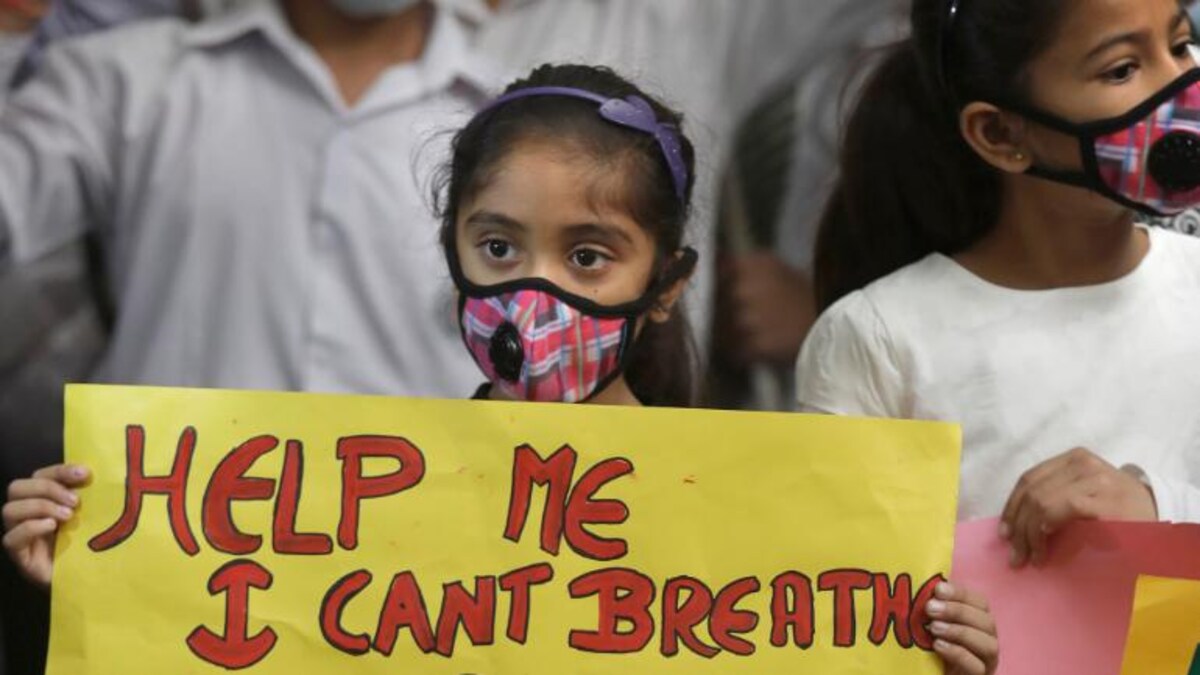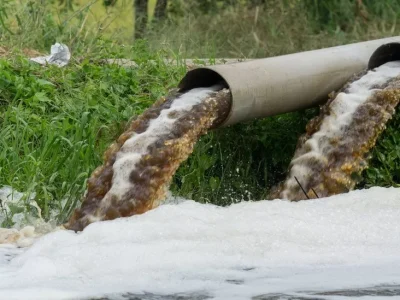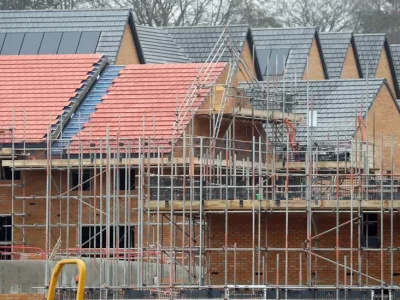Increased air pollution leads to more children being admitted to hospital with lung conditions – but does not have the same impact on adults, a study has suggested.
Researchers at the University of Dundee’s medical school examined 35,000 cases over 14 years in Tayside. Their report concluded that young people may be vulnerable to much lower levels of pollution than adults. They said this strengthened the case for controversial low emission zones. The study mapped hospital admissions against increased levels of air pollution. It found that “many more” people under 16 were admitted with asthma and chest infections in the days after air quality had dropped. Only around half of them would have needed hospital care if pollution had been within legal limits, the study said. It added that hospital admissions among children were “significantly associated” with exposure to higher levels of air pollution over a two-week period – but that this was not the case for adults.
The study concluded that more should be done to “improve and enforce” the air pollution limits in cities “for the sake of our children’s health”. Prof Jill Belch, who led the research, said the growing nature of young lungs meant they were more easily damaged by toxins. She told BBC Scotland News: “Adults do not seem to be so badly affected but our children are really affected and that’s why it’s a really important thing to decrease pollution. “Children are outside running around, breathing in the pollution, but most importantly children’s cells are dividing, and dividing cells are the ones that are really, really vulnerable to air pollution.” Prof Belch said Scotland had the best air pollution laws in Europe – but that there was a problem with implementation. “That’s why we need to support these low emission zone projects, because it’s only through doing that that our children will be safe,” she added.
Scotland’s first zone became operational in Glasgow last year, with schemes due to follow in Aberdeen, Dundee and Edinburgh. Cars, lorries and other forms of transportation which do not meet emission guidelines are not allowed into the city centre and drivers who break the regulations can be fined. The World Health Organisation has estimated that air pollution contributes to around 6.7 million premature deaths each year. In 2020, Ella Adoo-Kissi-Debrah became the first person in the UK to have air pollution listed as a cause of death.

She died in 2013, aged nine, after being exposed to “excessive” levels of pollution from a major road close to her home at Lewisham in south-east London, according to a coroner. Her mother Rosamund, who campaigns against air pollution, has welcomed the findings of the Dundee study. She said: “We knew every time there was a spike in air pollution, Ella was admitted to our local hospital in Lewisham so it’s just backing up what we already know. “This means that not just governments but policy makers need to take this very seriously.” The study was carried out as part of the Tayside Pollution Research Programme and its findings published in the journal Aerosol and Air Quality Research\. Dr Munro Stewart, a GP in Dundee, believes six hospital admissions of children from his own practice could have been avoided in the past six months if air quality had been better.
He said: “It is avoidable so the good thing is we know if we get clean air it will save lives, it will reduce pressure on the NHS and can boost the economy as well.”It increases health inequality because those who least likely to drive a car are most likely to be affected by air pollution.”
![]()






